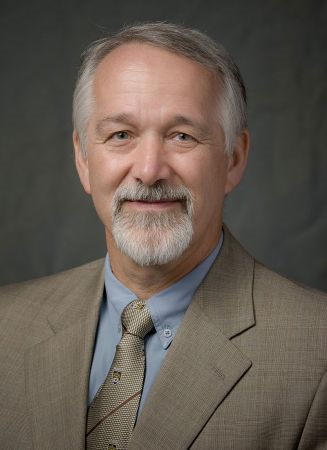Professor Tamás Terlaky won the 2021 RCEAS Excellence in Research Scholarship Award

ISE is proud to announce that Tamás Terlaky, Kledaras Endowed Chair Professor of Industrial and Systems Engineering, was the recipient of the 2021 Lehigh University Rossin College Excellence in Research Scholarship and Leadership Award.

